Helm, keel, bow, rail, deck, rudder… All these words seem familiar to you, yet their exact meaning is not so obvious to you. Before you set off on your adventure, here’s a glossary of sailing vocabulary to help you get the basics right and get on board without making any mistakes.
What is a sailboat?
A sailboat is a boat that uses the wind as its main propulsion force. Although all sailboats today are also equipped with an engine, it is still an occasional means of propulsion, reserved for manoeuvres or very specific conditions. A sailboat may have one or more masts, depending on its size. The elements that enable navigation are always the same.
Finding your way around a sailboat
Forward, aft, right or left – these terms have no place on board a sailing boat. Let’s take a look at the relevant vocabulary to understand everything.
The bow and stern of a sailing boat are called the prow and the stern respectively. The same goes for the right and left sides, which are called starboard and port.
The deck of the boat is surrounded by ropes, called wires, held in place by stakes, called stanchions, which form the rail.
Speed and distance also have their own vocabulary. To measure distances, we use nautical miles (1 mile = approximately 1852 metres) and we speak of knots to express speed. We use feet to measure the length of a boat and not metres if we want to respect the codes.
A sailing boat would be nothing without the wind. We speak of the wind’s bed to indicate the direction from which the wind comes, we speak of luffing to bring the axis of the boat closer to the direction from which the wind comes or, on the contrary, we speak of bringing down to indicate that we are moving away from the wind’s bed.
The mast is the shaft used to hoist or lower the sail. The boom is the axis connected perpendicularly to the mast, which holds the sail in place and around which it is furled to fold it. When you’re sailing, you set a course and steer the boat using the tiller, which in turn is connected to the rudder, the part of the rudder underwater that steers the boat.
The term “rigging” is used to describe all the elements that enable the boat to be sailed, around the mast and boom. The running rigging constitutes the moving parts, while the standing rigging designates the fixed parts.
Finally, we’re all familiar with the anchor, the huge metal piece that allows the boat to be immobilised or anchored at sea. The keel is the part under the hull. This part is weighted and acts as a counterweight. As for the scull, this is the small oar at the stern used to move the boat forward single-handed.
A precise vocabulary for a precise technique
Seafaring language is essential for becoming a sailor.
For example, we don’t talk about ropes, but ropes to refer to all the attachments in their entirety. The capstan is the winch used to furl a rope by turning two rods on either side of the winch. The sheet is the line or rope used to adjust the angle of a sail. Reefing has nothing to do with cooking: it’s the system used to reduce the surface area of a sail by forming folds. Reefing fiddles, on the other hand, don’t play any music, but are the sheaves through which the reefing lines, small ropes, pass to reef the sail, i.e. to reef the sail to reduce the sail area.
Sails
Sailboats can have one or more sails, each with a specific name and role.
The mainsail is the main sail, and the most common sailboat, the sloop, will therefore have a single mast and two sails, the mainsail of course and the jib, a smaller sail located upwind of the mast. The mainsail is always located aft of the mast.
The spinnaker is a very light sail that inflates and is used for downwind sailing. There is also the gennaker, or Code 0, a smaller gennaker.
The genoa is also a larger jib with a greater sail area, which can be furled for greater manoeuvrability. The solent is smaller than the genoa and is a headsail often used for regattas.
Finally, the storm jib is a very small jib that is hoisted in bad weather.
All these sails are built around one or more masts, and although some are held in place only by ropes, they will all take you on a voyage of discovery.
You now know almost everything there is to know about the rudiments of sailing and the technical vocabulary specific to each navigation tool on a sailboat. There’s nothing like practice to perfect your knowledge, accompanied by professionals who will give you all the keys to successful sailing.
You now have all the tools you need to take to the seas and set off on an adventure.

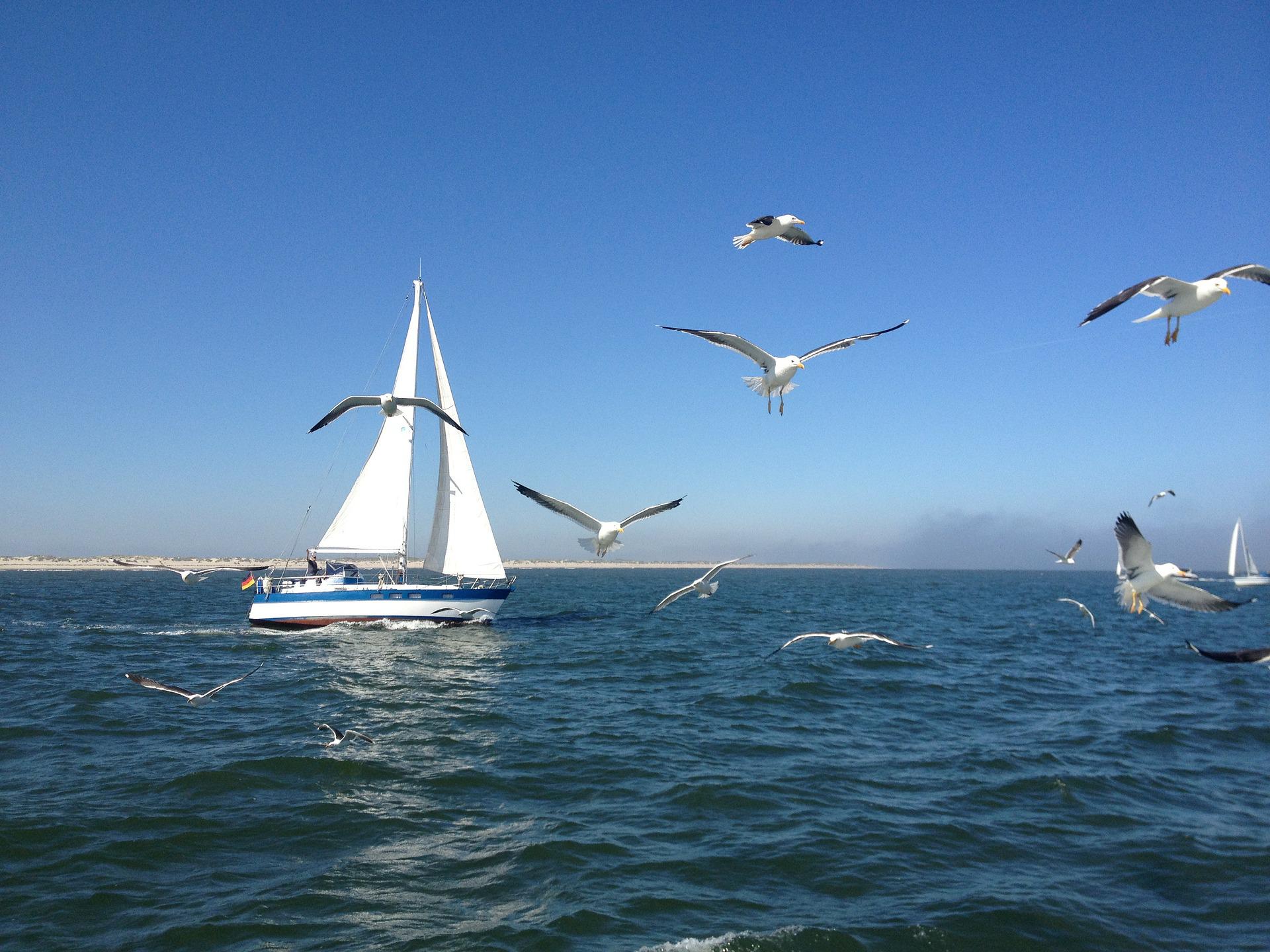
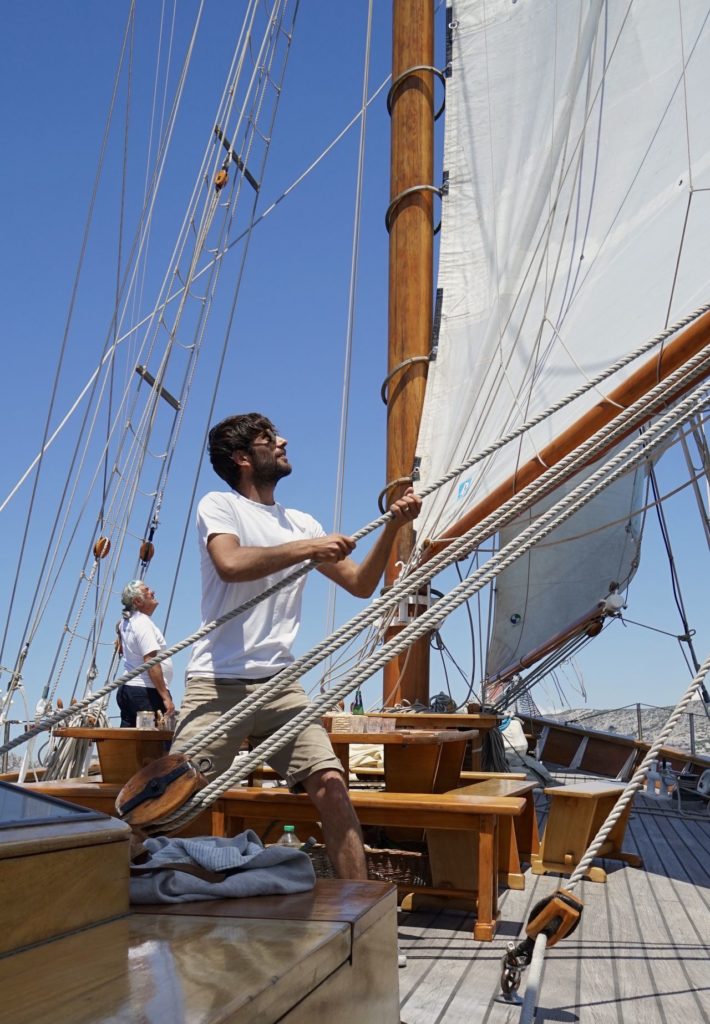
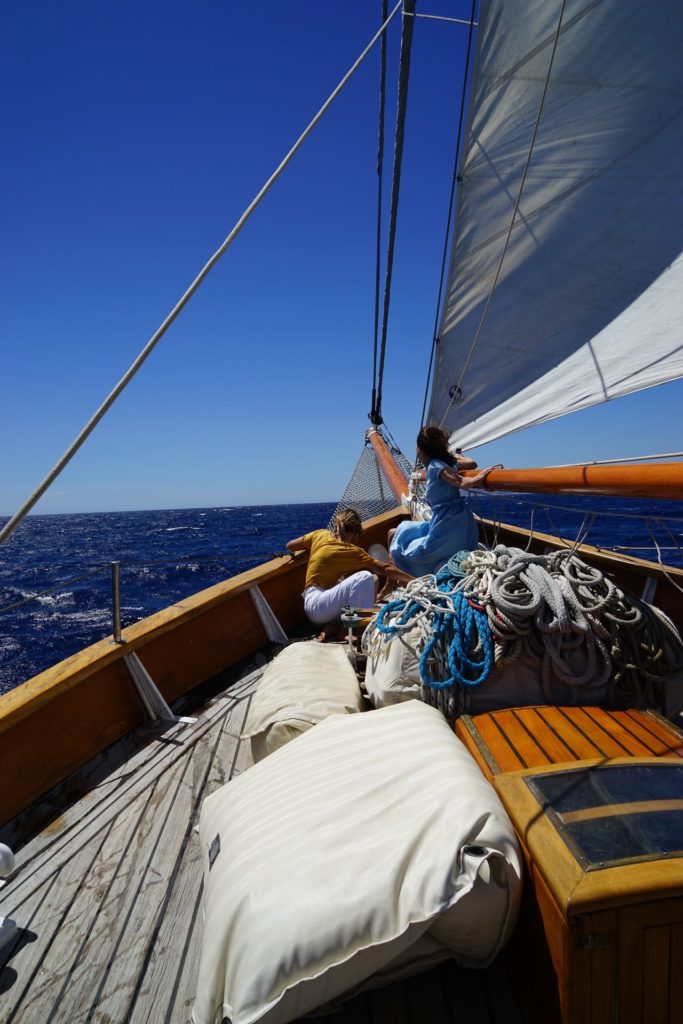
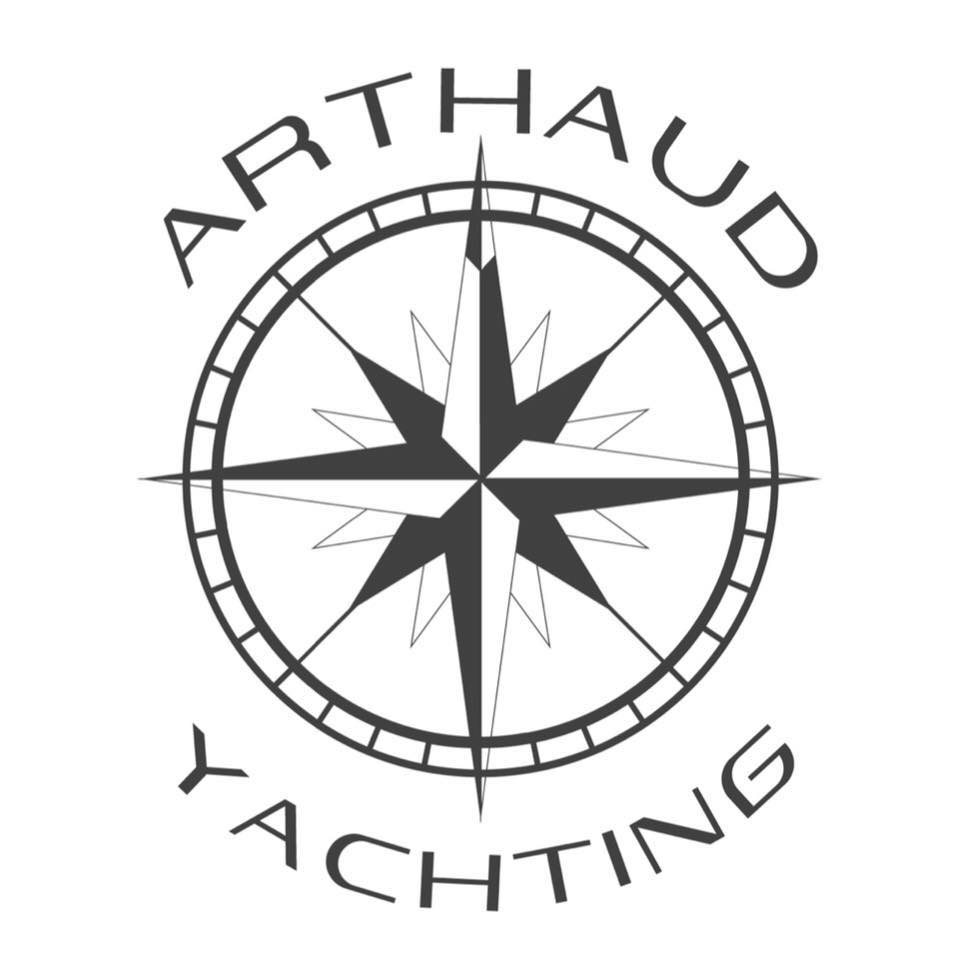




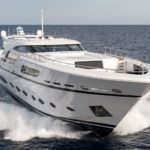
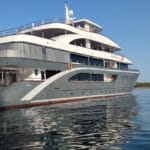


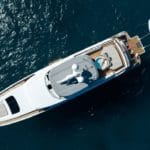

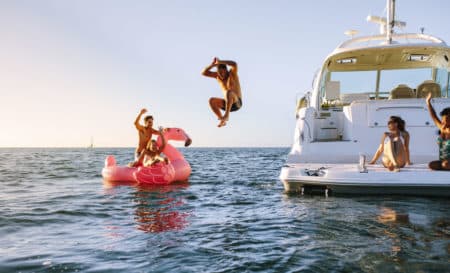 Thanks to Arthaud Yachting, access our world of luxury yacht charter for a 100% tailor-made cruise in the French Riviera region or even in the four corners of the world in destinations such as
Thanks to Arthaud Yachting, access our world of luxury yacht charter for a 100% tailor-made cruise in the French Riviera region or even in the four corners of the world in destinations such as 


Leave A Comment